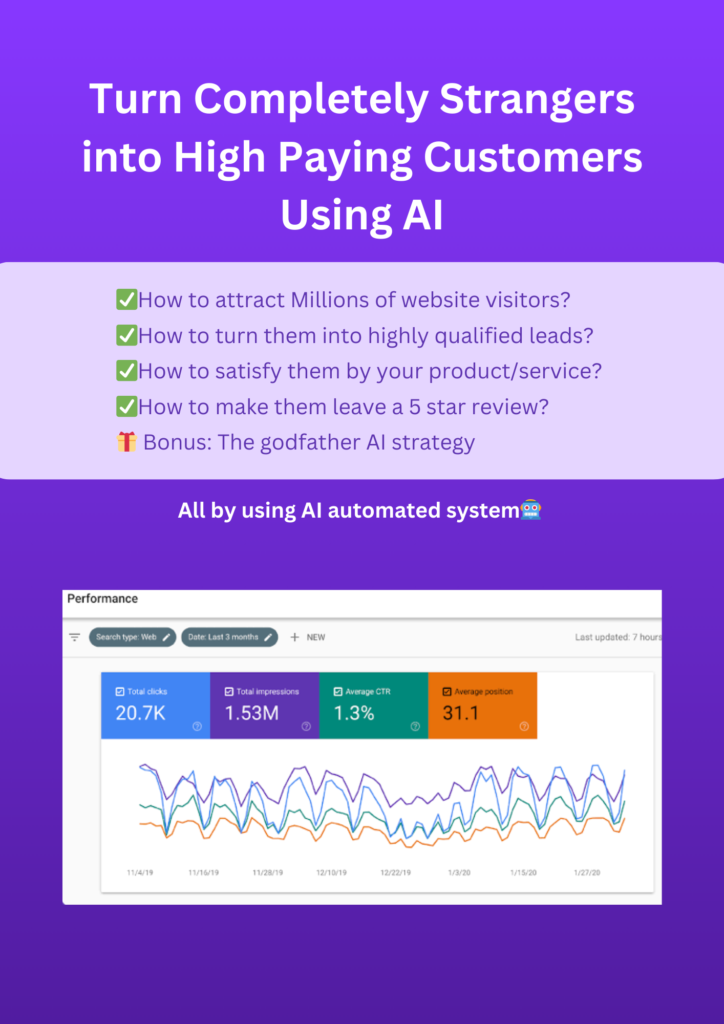Introduction
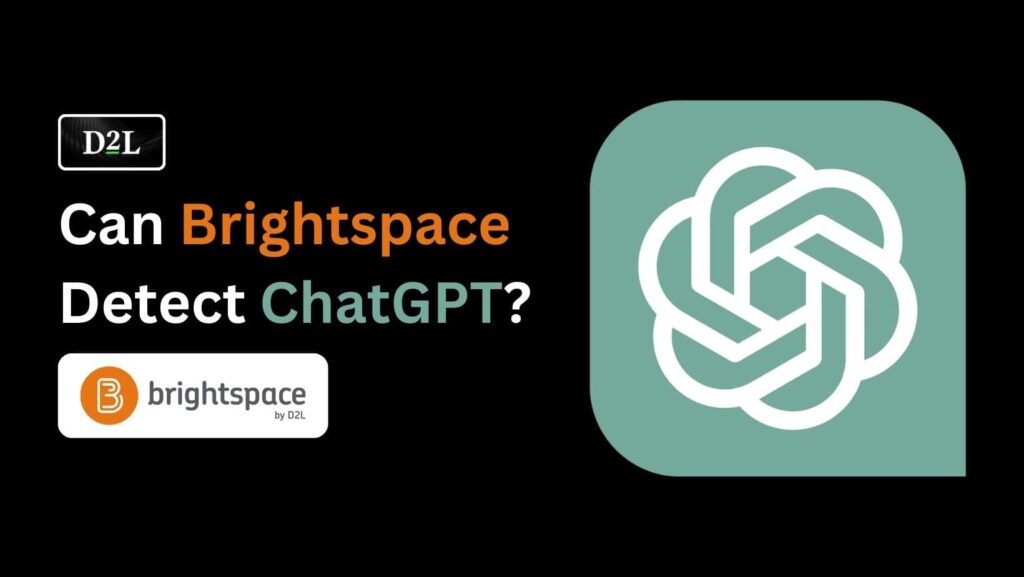
Hooking the readers with intrigue, let’s delve into the pressing question: Can Brightspace detect ChatGPT?
Imagine a scenario where students seamlessly blend AI technology into their academic arsenal.
According to a Stanford University poll, a staggering 17% of students have utilized ChatGPT for assignments or exams, with a few daring souls even submitting the chatbot’s generated content as their own.
With such a significant adoption rate, educators are left wondering: Can platforms like Brightspace or D2L uncover these surreptitious AI aids?
In this article, we’ll explore this question in depth, shedding light on the capabilities and limitations of Brightspace and similar learning management systems in detecting the use of ChatGPT.
Let’s unravel the mystery together.
What Is Brightspace?

So, there’s this company called D2L, short for “Desire 2 Learn“.
They made something called Brightspace, which is an accessible and powerful learning management system (LMS).
Imagine it’s like a big box full of tools for teachers and students to use on the internet.
Now, what’s cool about Brightspace is that it’s not just for one type of learning.
It works for all kinds of schools, from elementary to high school, even for colleges and companies that do training.
Inside Brightspace, there are lots of things you can do.
You can set up your classes, keep track of how students are doing, make fun activities, and share all kinds of videos and stuff to help with learning.
It’s basically a super organized and easy way for teachers to teach and for students to learn, all online.
So, it’s like having your own virtual classroom where everyone can learn and grow together.
Can Brightspace Detect AI?
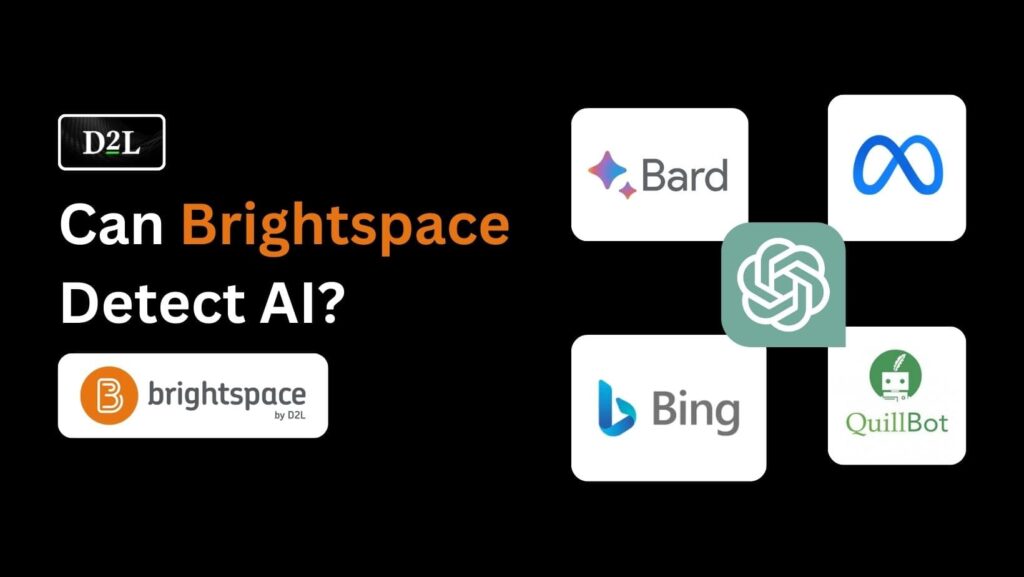
Let’s dive into the burning question: Can Brightspace Detect AI or Can D2L Detect AI?
Okay, so here’s the deal with Brightspace and AI.
Brightspace itself doesn’t directly spot AI being used.
But, it’s got some smart features built in that can pick up on certain patterns and odd things happening.
These features aren’t specifically looking for AI use, though.
Now, Brightspace is also helping out in making a new standard called Asset Processor.
This standard is like a rulebook for passing content around between different tools.
For example, it can check for things like plagiarism or content made by AI and then send back the results to the main platform.
So, it’s like making sure everything’s fair and square in the learning world.
In simple terms, Brightspace relies on teamwork with other tools and follows these industry standards to tackle the AI challenge.
Finding out if AI is being used is tricky, but efforts like this new standard are making things easier for teachers and students.
Can Brightspace Detect ChatGPT?
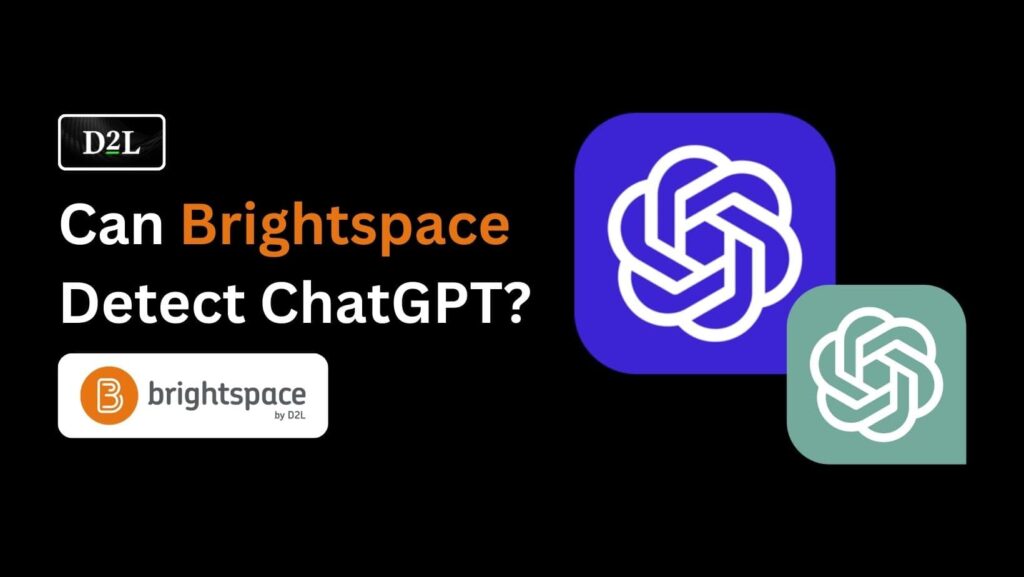
You might be wondering about Can Brightspace Detect ChatGPT or Can D2L Detect ChatGPT?
Let me tell you something. Brightspace is like the captain of the online learning ship.
Its main job is to make sure everything runs smoothly for teachers and students.
Now, when it comes to detecting specific AI models like ChatGPT, it’s kind of like asking your toaster to make you a sandwich – it’s just not built for that.
You see, Brightspace is more focused on managing courses, tracking student progress, and creating engaging learning materials.
It’s not programmed to go hunting for specific AI tools like ChatGPT. That’s a whole different ballgame!
Now, imagine trying to find a specific grain of sand on a beach.
That’s what it would be like for Brightspace to detect ChatGPT amidst all the other stuff it’s busy with.
It’s not impossible, but it’s definitely not its main gig.
So, in a nutshell, Brightspace is fantastic at what it does – making online learning awesome – but it’s not equipped to sniff out specific AI models like ChatGPT.
And that’s totally okay because it’s got plenty of other super cool features to keep everyone learning and growing together.
Can Brightspace Detect ChatGPT If You Paraphrase?
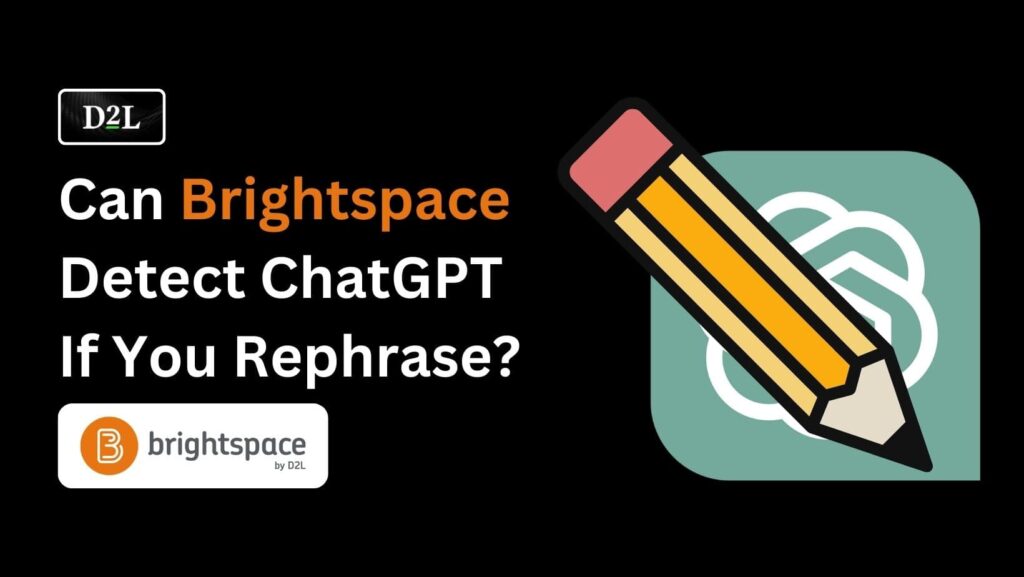
Let’s break it down! If we’re talking about whether can Brightspace detect ChatGPT even if you paraphrase its text, it’s like adding an extra layer of protection.
Paraphrasing basically means humanizing AI text or putting things in your own words, making it feel more human-like.
Now, let’s say, for some reason or in future updates, Brightspace (D2L) becomes a super detective and starts detecting ChatGPT.
Even then, it might not catch the paraphrased ChatGPT text because paraphrasing can sort of sneak past AI detectors like Turnitin and Originality.
It’s like wearing a clever disguise! So, if you’re thinking about using ChatGPT but worried about getting caught, paraphrasing might be your secret weapon to stay under the radar.
Can Brightspace Detect QuillBot?
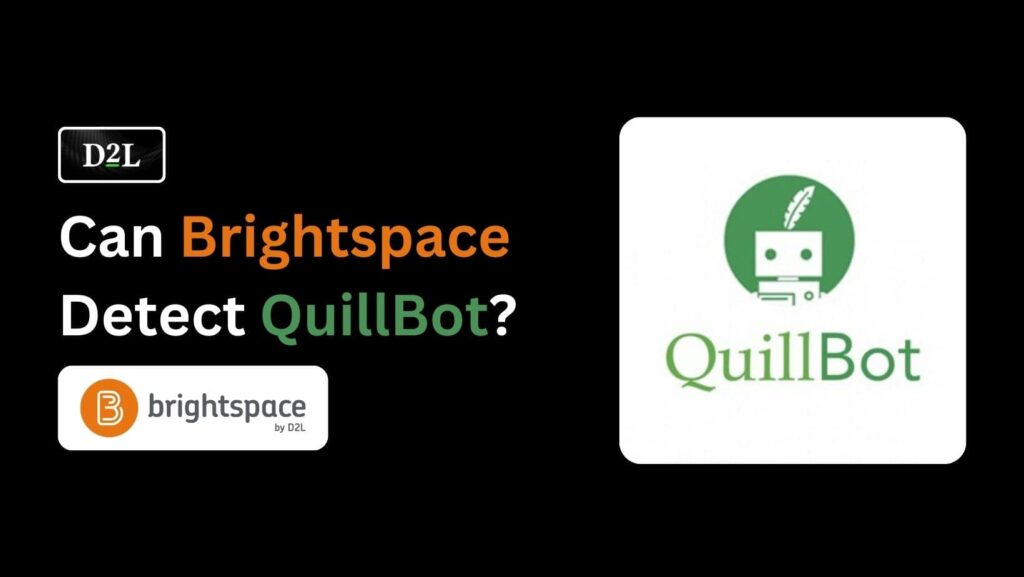
Let’s tackle, Can Brightspace Detect Quillbot or Can D2L Detect Quillbot?
Remember how we chatted about Brightspace not being able to catch paraphrased text?
Well, QuillBot works kinda like that too! It takes text from AI, like ChatGPT, and gives it a human-like twist.
So, if Brightspace can’t sniff out paraphrased stuff, how could it detect QuillBot?
It’s like asking if a puppy can chase its own tail!
QuillBot’s whole deal is making AI text sound more human, which is pretty sneaky.
So, even if Brightspace gets super smart, QuillBot might just slip right past it, like a ninja in the night. It’s a bit like trying to catch a cloud – tricky stuff.
Is AI, ChatGPT or Quillbot Bad In Education?
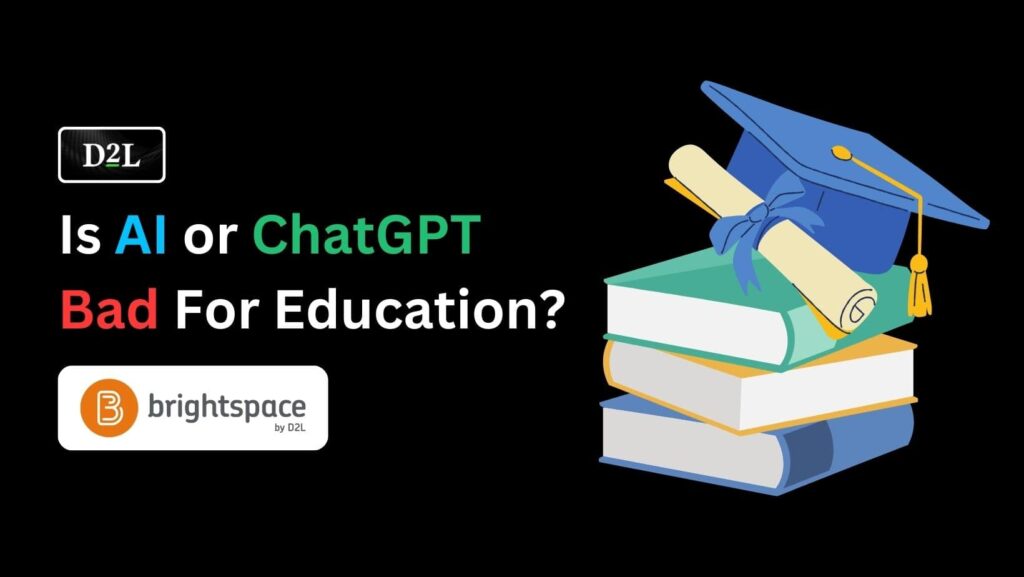
AI, whether it’s ChatGPT or QuillBot, isn’t bad for education at all. In fact, I don’t think it’s bad in the slightest.
Here’s the scoop: AI can actually be a huge help in making things more productive and efficient.
Sure, there are some wise folks out there who might say AI steals your creativity or something like that, but honestly, I don’t buy it.
AI can churn out ideas, help with research, and even give suggestions to make your work better.
It’s a friendly guide on your learning journey!
So, instead of thinking AI as a villain, let’s see it as a sidekick, here to make our lives easier and learning more fun.
But there are still some draw backs of using AI or ChatGPT in education:
- Dependence: Students might rely too much on AI and not develop their own thinking skills.
- One-size-fits-all: AI might not cater to each student’s unique learning needs.
- Accuracy: AI-generated content might not always be accurate or reliable.
- Ethics: Using AI raises concerns about privacy, security, and biases.
- Human Interaction: AI can’t replace the importance of learning from real people.
Tips For Teachers To Detect If Students Are Using AI or ChatGPT
1. Proctoring Software:
Use proctoring software like Lockdown Browser during exams. This software can monitor students’ screens, preventing them from accessing unauthorized websites or applications, including AI tools like ChatGPT.
2. Review Writing Style:
Pay attention to changes in students’ writing styles. If a student’s writing suddenly becomes more advanced or sophisticated, it could be a sign that they’re using AI-generated content.
3. Ask Questions:
Engage with students during discussions or assessments and ask probing questions to gauge their understanding of the material. If a student struggles to explain concepts they should understand, it might indicate they’re relying on AI for answers.
Conclusion
Let’s wrap up this article. After diving deep into Brightspace, D2L, ChatGPT, and Quillbot, we’ve figured out that these platforms might not be able to catch students using AI tools like ChatGPT.
But, that doesn’t mean they’re not super useful for online learning!
As teachers, we’ve gotta stay on our toes and use tools like proctoring software and asking the right questions to keep things fair and square.
While AI can be a handy helper, let’s not forget the importance of thinking for ourselves and having real conversations in learning.
So, let’s embrace what AI brings to the table while staying true to good ol’ fashioned learning values.
FAQs
Q1. Can Brightspace or D2L detect ChatGPT?
No, these platforms are not specifically designed to detect ChatGPT or similar AI tools. They focus on managing courses and supporting online learning.
Q2. How can teachers spot if students are using AI like ChatGPT?
Teachers can monitor changes in writing style, use proctoring software during exams, and engage students with probing questions to gauge their understanding of the material.
Q3. What are some drawbacks of using AI in education?
Drawbacks include potential dependence on AI, lack of personalization, accuracy concerns, ethical considerations, and the importance of maintaining human interaction in the learning process.
Q4. Can paraphrasing ChatGPT text help students avoid detection?
Paraphrasing might make it harder for detection tools to spot AI-generated content, but it doesn’t guarantee evasion. Teachers should still remain vigilant for signs of AI use.
Q5. What tips do teachers have for detecting AI use in student work?
Teachers can use proctoring software, review changes in writing style, and engage students with questions to assess their understanding. These strategies help uphold academic integrity in online learning environments.

